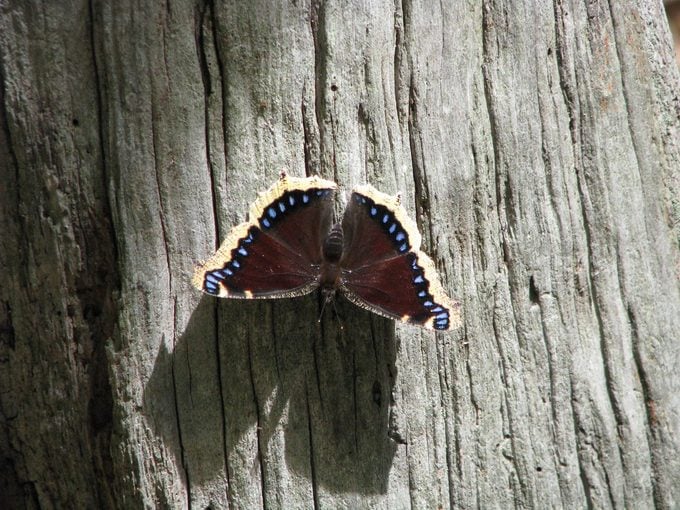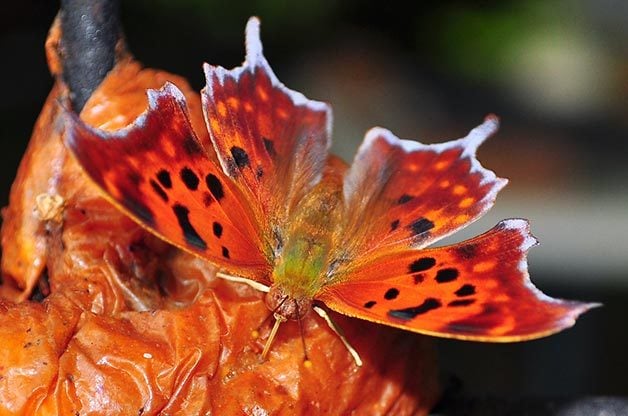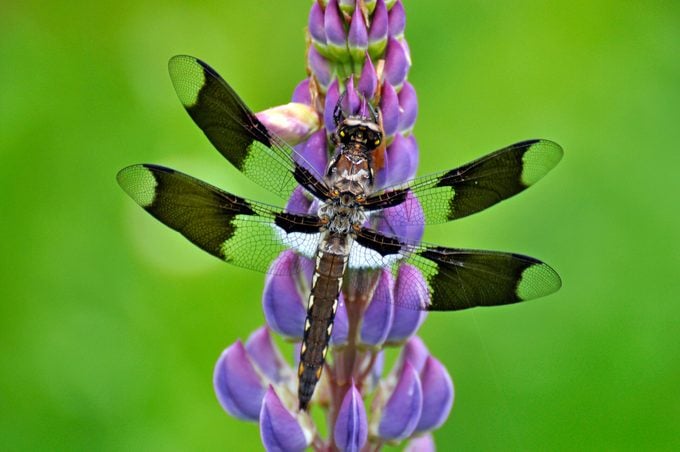How Do Bugs, Moths and Butterflies Hibernate?
Updated: Aug. 30, 2022
Do butterflies hibernate? Here's the answer. Also find out how your backyard bugs, like moths, dragonflies and beetles, spend the winter.
Monarchs perform one of the most famous migrations in the world, but not all of their fellow fliers escape to the south. Most butterflies and most other insects don’t migrate. Instead, they hide in the landscape in various stages of their life cycles for the winter months. Given that, you might wonder: Do bugs and butterflies hibernate? Here’s how (and where) some of your favorite backyard guests withstand the chilly weather.
Do Butterflies Hibernate?

Butterflies and other bugs use a few various mechanisms to make it through the brutally cold months. They slow their metabolisms way down in a process called diapause. Certain chemicals in their bodies act as antifreeze, and they rid their bodies of nearly all water to avoid turning into an ice crystal.
Meet the winter wildlife that hibernates in your yard.
Life Stages for Butterfly Hibernation

Some butterflies hibernate through winter as adults. Mourning cloaks, question marks, commas and others hunker down, tucked away behind loose bark or in fallen leaves. But most spend the season in other stages of their life cycle.
Fritillaries, crescents and many skippers hatch in the fall and sleep through winter as caterpillars. Other species, such as coral hairstreaks and Karner blues, overwinter as eggs and hatch the following spring. Viceroys, also known as monarch lookalikes, employ an entirely different tactic. Caterpillars from the summer’s last brood create shelters called hibernacula.
The itty-bitty caterpillars instinctively know to chew a leaf in a specific pattern, then fold and fashion it into a tent-like structure. The rolled leaf is lined and fastened to a stalk with silk the caterpillars spin themselves. Other caterpillars, like the beautiful and well-known swallowtails, reach full size and form their pupa, or chrysalis, before winter sets in.
Where do butterflies go when it rains?
Do Moths and Bugs Hibernate?

Common backyard bugs persevere in similar ways. Many moth and beetle eggs, for example, are hidden in rough tree bark or under leaf litter. Praying mantis eggs stay safe and cozy in insulated egg sacs. Most dragonflies in their wingless nymph stage survive the cold underwater. And if your house has ever been invaded by swarms of Asian lady beetles or stink bugs in fall, then you know their overwintering strategy all too well.
Monarch eggs or aphids? Learn how to tell the difference.
Provide Winter Habitat for Butterflies and Bugs
The more habitat you supply for butterflies and other insects, the more robust with flying creatures your spring garden will be. It’s as simple as not being too tidy. Dried plant stalks and seed heads offer hiding spots for insects, so go easy on deadheading. Stacks of firewood, brush piles and leaf litter also make a backyard more desirable to bugs. Before you know it, higher temps wake beneficial garden insects, and your space comes alive again.
Next, discover how hummingbirds survive snow and cold weather.
